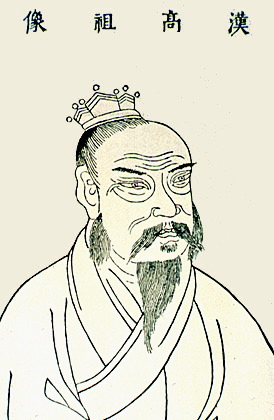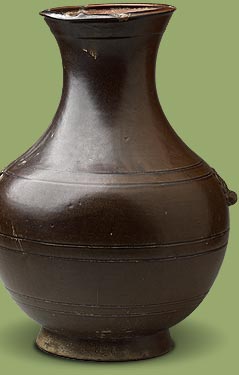 Politics
Politics
The Han dynasty government was largely characterized by a combination of feudal structures and central bureaucracy. The emperor was the head of the government. He was responsible for creating laws, heading the armed forces as its commander-in-chief and serving as the chief executive official. The Han dynasty’s imperial government system was patterned after its predecessor, the Qin dynasty. A central control was established, meaning that the emperors had full control over all of China. In theory, the powers of the emperor were absolute and unlimited. The emperors had three councilors of state, the Chancellor over the Masses, the Imperial Counselor and the Grand Commandant. Each of the counselor’s main duty was to draft the government budget, conduct disciplinary procedures for government officials and to command and the military, respectively. There were then nine ministers, each of them assigned to head a specialized ministry.The makers of the Han dynasty were credited with being the first politicians in Chinese history to develop a system of training and educating future administration officials.
Works Cited:
History of China. N.d. Photograph. CrystalinksWeb. 7 Oct 2012. <http://www.crystalinks.com/chinahistory.html>.
 Economy
Economy Politics
Politics Arts
Arts